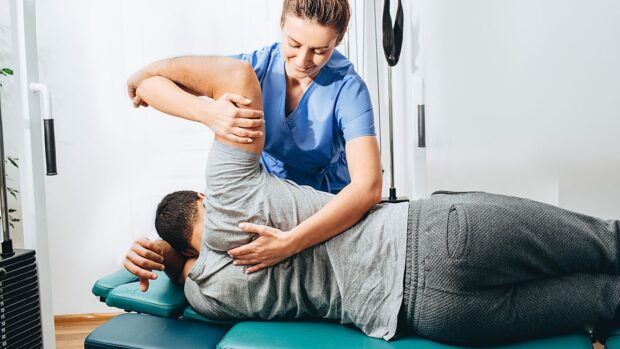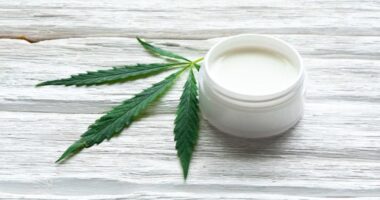Injuries can be a huge setback. Whether you are undergoing a comprehensive sports training regime or have a genetic or age concern, orthopaedic issues and other musculoskeletal injuries demand immediate attention. These conditions can hinder your mobile life, and you may resort to surgery as your one and only option.
However, orthopaedic surgeries are expensive and may cause temporary or permanent side effects in your daily life. While it may provide you with a great healing advantage in a minimal time, it is important to resort to minimally invasive treatments whenever possible. Opting for the right service will provide access to top-echelon surgeons with experience and innovative techniques for better healing and recovery. Thankfully, there are a multitude of alternatives in the market that may be suitable for you. In this article, you will know just that.
● Get In Touch With A Reliable Orthopaedic Service

Getting interventional treatment from leading orthopaedics is one of the best surgery alternatives in LA, providing you with regenerative and curated medicine, diagnosis, and treatment for various musculoskeletal conditions to get you back in shape. They provide complex, image-guided injections and utilise natural healing mechanisms to intervene with knee, spinal, shoulder, hip, elbow, foot, ankle, and other conditions like TMJ syndrome, osteonecrosis, and more. People who want to get back on track with their sports training can utilise reputable orthopaedic services as they provide innovative approaches to treat and care for acute and chronic injuries to the musculoskeletal system.
They bring to the table a multitude of expert specialists and physicians to diagnose your condition through imaging and examinations. Innovative orthopaedic centres utilise top-of-the-line technology without harming the body and help you recover effectively. They can handle issues ranging from rotator cuff tears, labrum tears, osteoarthritis, bulging discs, neck pain, sacroiliac joints, spondylosis, ligament and tendon tears, carpal tunnel syndrome, TMJ syndrome, avascular necrosis, and other services like prolotherapy and platelet-rich plasma. The right service will provide the right treatment plans curated to your injury and minimal-invasive options to improve mobility without surgery.
● Physical Therapies & Massages
Depending on the nature and degree of seriousness of your injury, physical therapies and massages can greatly reduce orthopaedic conditions relating to the lower back region and knee areas. Physiotherapists can offer a curated treatment plan to direct attention to specific areas and speed up the healing process with little medical intervention.
These procedures are often undertaken to speed up the curing process, increase muscle strength and flexibility, and enhance mobility. They also assign at-home exercises you can consistently do, like modalities, stretching, ice baths, heat, and electrical nerve stimulation. Massages are also an effective way of loosening muscle fibres and relieving pain. They reduce tension and improve mobility in the joints and muscle regions.
● Pain-Relieving Medications

Medications often opt for a temporary method of managing orthopaedic pain in the muscles, tissues, and joint regions. It is also a supplementary method of easing pain but is also effective in reducing inflammation and boosting the recovery speed of your injury. Given below are certain medications that specialists can recommend based on the nature and type of condition:
● OTC Medications
Pain relievers work best to ease the pain for the time being. One may resort to OTC medications like NSAIDs and Cannabinoids for internal injuries and conditions to reduce pain and heal inflammation. However, they are ineffective for moderate to chronic injuries, which demand prescription medications and other stronger options.
● Corticosteroids & Shots
Apart from OTC medicines, one can also reduce inflammation and swelling with corticosteroids and cortisone injections. They reduce pain and inflammation, but it is only a temporary solution that may have negative consequences over long-term usage. It is only recommended to use this as a temporary measure. Steroids are found in oral dosages and injections, where the latter is effective for joint pains.
● Relaxants & Depressants
Like physiotherapy and massages, muscle relaxants help reduce muscle tension during injuries. However, they have sedative effects and are recommended only for short-term use.
● Transcutaneous Electrical Nerve Stimulation (TENS)
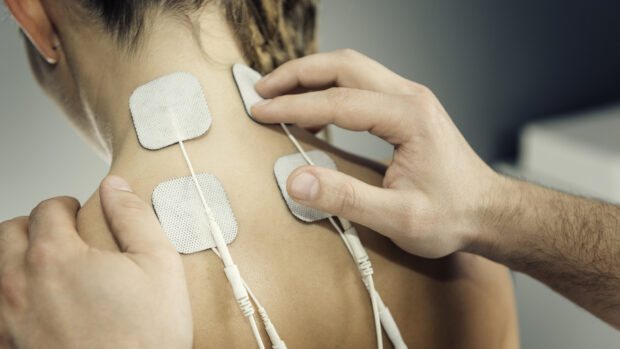
TENS is an innovative technological innovation that is an effective alternative to orthopaedic surgeries, which utilises a device to transmit electrical charges to reduce pain. It uses low to mild charges and currents along nerve fibres to reduce perceived pain. The device is powered by batteries and connected to a pair of electrodes which act as a pressure point to the source of pain. It causes warm and relaxative sensations and is a quick way to reduce pain. TENS is also extensively used to heal injury as an after-surgery mechanism. It is also proven effective in chronic healing pain.
TENS is essentially an electronic version of acupuncture. There are other versions of this method where electric needles are passed in certain areas to relieve pain. It is also known as percutaneous electrical nerve stimulation (PENS) or electro-acupuncture. However, regular usage is not recommended as it may have long-term consequences.
● Continuous Passive Motion (CPM)
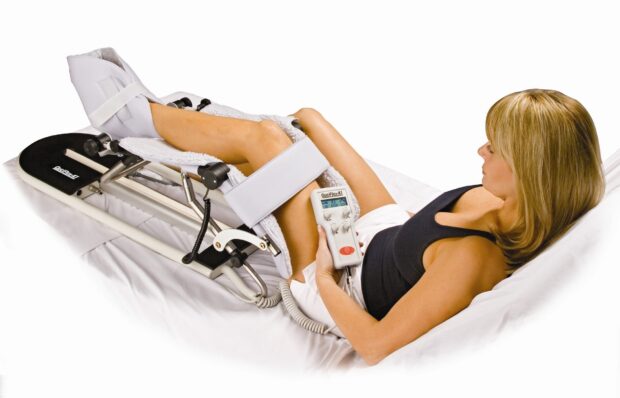
CPM is another alternative to surgeries where, as in the name, the joints and muscles are constantly kept in motion. This method effectively eradicates stiffness, enhances mobility and flexibility, and increases the natural healing process. The conventional version was performed by physicians but is now replaced with a CPM machine that moves the joint without any personal effort.
Immobilisation before or after surgery can harm the natural healing process, and CPM helps increase the mobile range and solve cartilage damage, bacterial infection, and fractures. Such strategic and systematic movement also allows maximum nutrition absorption, prevents scar tissue, and increases longevity.
● Acupuncture Methods
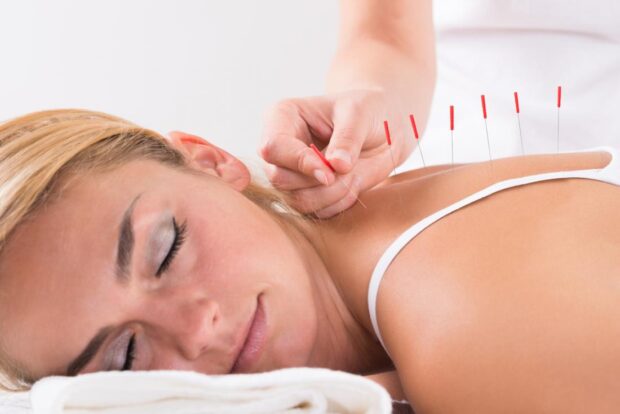
Acupuncture is one of the most popular and effective methods to relieve pain and increase recovery speed for issues ranging from lower back pain, fibromyalgia, and tennis elbow, to osteoarthritis, knots, carpal tunnel syndrome, stroke rehabilitation, and more. Acupuncture needles are used to target certain points in the skin that consist of a large number of nerve endings connected to bones and muscles.
These points have electrical and nervous characteristics whose healing can be manipulated through thin needles. It is a 30-minute procedure proven effective for reducing swelling and creating a sense of relaxation by triggering the body’s natural painkillers and endorphins. Always consult a professional; the wrong points can create permanent consequences like blindness.
● Psychological Methods
While psychological methods may not work independently, they are extremely effective for supplementing pain control and eliminating the need for consequential and risky medication. Relaxation techniques, guided imagery, and hypnosis are some methods that fall under psychological treatments. Researchers documented an 89% success rate for opting for these methods for relieving physical and emotional pain, where 16/18 studies showed success. They are also used for additional and supplementary postsurgical recoveries and rehabilitation.
Conclusion
Most orthopaedic doctors design a treatment plan by incorporating a combination of the abovementioned alternatives, which may or may not be subject to change based on the healing progress and any improvement in your condition over time. Reputed and specialised doctors are open, friendly, and supportive during times of discomfort and assist you in easing the pain with innovative advancements.
These alternatives work effectively independently and supplement conventional treatments and after-surgery healing plans. In this article, you have learned a variety of options that can be implemented as an effective alternative to surgery.

